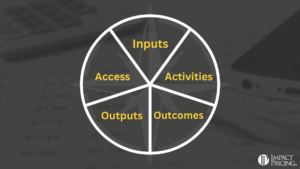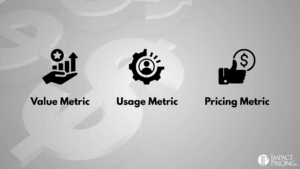Here is an economic analysis of the two bits. You’ll notice on the left-hand side, they used 38 standard bits at $2.25 a piece to drill 38 feet. That’s $85.50 worth of drill bits or one bit per foot.
Along comes Hughes Senior with a new patented Two-Cone Bit. Instead of $2.25 per bit, he sells them at $45 per pair and rents the bit for $50 for the month. That’s ridiculously expensive. At least it looks expensive if you’re just comparing the price of the hardware.
The real value came down to the Total Cost of Ownership or the cost of getting the job done. As you can see by the analysis, the average cost per foot of drilling a hole was significantly less once you took into account all of the other factors.
Obviously, they made this sales pitch exceptionally well because the two-cone drill bit dominated.
Here are three lessons pricing and product people can learn from this story.
First, sell value to the customer. Value isn’t always about our product. It’s about their problems. When you quantify the different ways you make or save your buyers money, you usually have a much stronger story. How do you provide value to your customers?
Second, there is a concept called a value metric. This is how your customers measure your performance. It may or may not have to do with your price model, but ideal price models should be related. In this case, the value metric is the cost per drilled foot. How do your buyers measure your value?
Finally, the pricing model. This doesn’t look like a subscription model as it was implemented. They rented the bit and sold the cones. But what if they decided to make it a subscription or some other pricing model. What could they have charged for? They might have charged by the drilled foot.
Let’s back out the price of the drills, $185, on the right-hand side. That leaves $274 or $3.81 per foot in other expenses. Hughes was currently earning about $2.57 per foot. Drillers are currently paying $25.08 per drilled foot. What would they pay if you could do it faster? Would they have paid $10 per foot? If so, Hughes could have sold his technology at $6.19 per foot. More than double of what he did sell it for.
Notice this couldn’t happen if you only took into account the drills. The standard bit cost them $85.50 for 38 feet of hole or $2.25 per foot. Hughes charged $185 for 72 feet of hole or $2.56. He was more expensive per foot if you don’t take into consideration all of the other expenses. Value isn’t always obvious.














